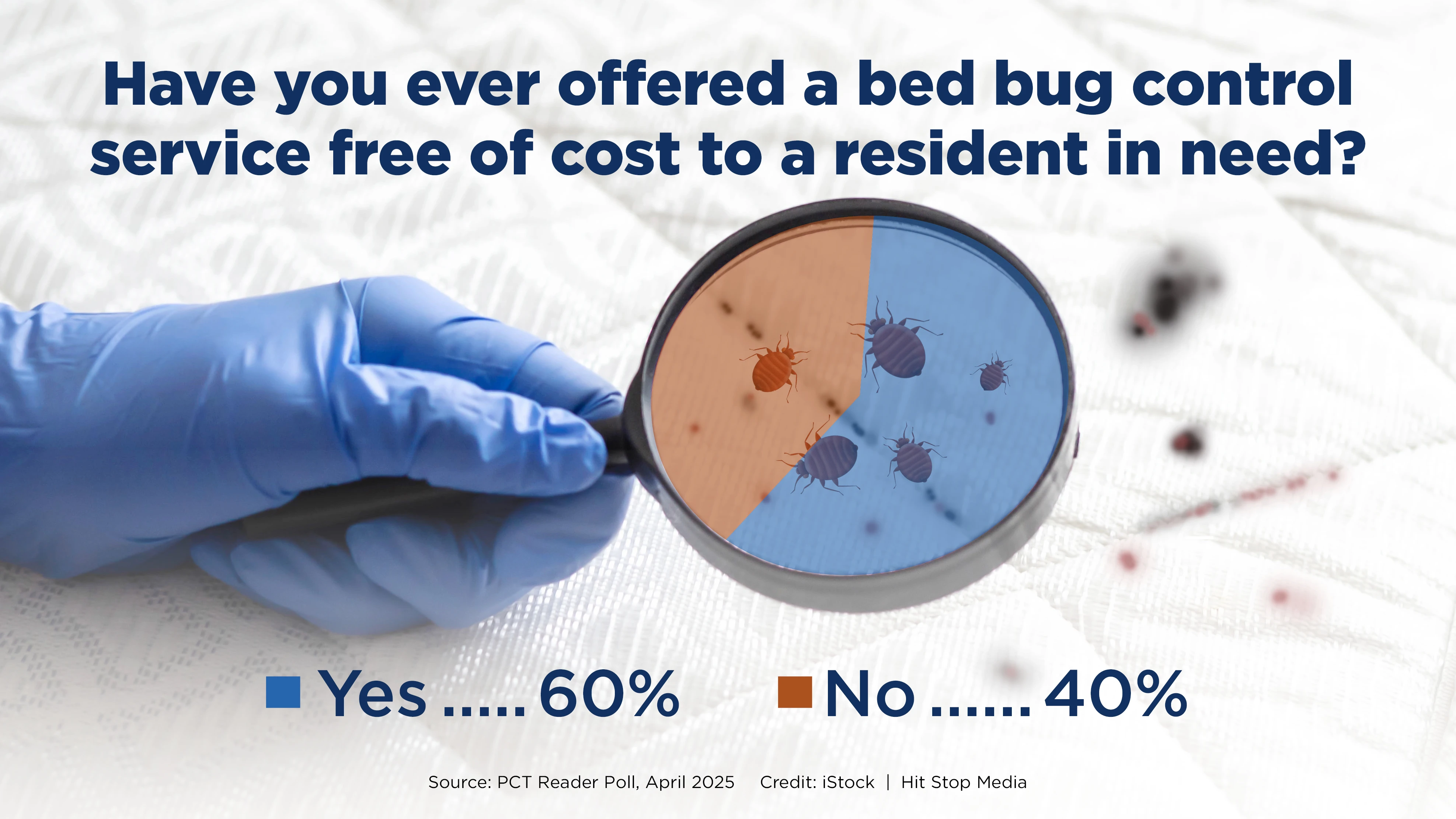Port St. Lucie, Fla., had the nation’s fastest growth rate among large cities (100,000 or more population) between July 1, 2003, and July 1, 2004, according to U.S. Census Bureau population estimates.
Located along the Atlantic coast between Cape Canaveral and West Palm Beach, and spring training home of the New York Mets, Port St. Lucie saw its population increase 12 percent during the period, to 118,396. It was joined on the list of the 10 fastest-growing cities by two others in the Sunshine State: Cape Coral (fifth) and Miramar city (eighth).
California had four cities in the top 10: Elk Grove (second), Moreno Valley (sixth), Rancho Cucamonga (ninth) and Roseville (tenth). Two cities in Arizona were in the top 10 — Gilbert (fourth) and Chandler (seventh) — and, relatively nearby, North Las Vegas, Nev., was third.
Phoenix had the largest population increase between 2003 and 2004, adding 29,826 people. Los Angeles; San Antonio; Las Vegas; and Fort Worth, Texas, rounded out the list of the five biggest numerical gainers.
Hurricane Katrina:
THE NEXT STEP
PCT’s State of the Industry report was written before Hurricane Katrina devastated America’s Gulf Coast. But even though the exact impact of the nation’s most costly natural disaster on the pest control industry was uncertain, PCT felt it was important to include a few of the facts our staff had uncovered as of press time.
“The hard thing is even if they have a business left their customers aren’t going to need pest control when their homes are under water,” said one longtime industry observer, shortly after the storm.
In the meantime, many PCOs are trying to make the best of a bad situation. “We just want to assist in whatever way we can, whether it be weatherproofing homes, insect control, sanitation or anything else that we are licensed and capable of performing,” said Bruno Milanese, president, Bay Pest Control, Biloxi, Miss. “We’ll just have to play things by ear. Who knows — it’s possible that half of our customers will be gone.”
No one contacted by PCT could put a price tag on the pest control or termite control markets in the 90,000 square miles affected by the hurricane but everyone agreed that the area is an important one for the industry. “It’s a significant termite market,” said John Bolanos, vice president of Univar’s Professional Products and Services division. “It’s a significant fumigation market as well.”
In the months ahead, it’s almost a certainty that mosquitoes and rodents will infest flooded areas and potentially spread disease. “I think rodents are going to be a real problem,” Bolanos said. “Certainly mosquito control, with all of that standing water, is going to be an issue.”
WANT MORE?
Enter your email to receive our newsletters.

Explore the October 2005 Issue
Check out more from this issue and find your next story to read.
Latest from Pest Control Technology
- Target Specialty Products, MGK Partner for Mosquito Webinar
- Cockroach Control and Asthma
- FORSHAW Announces Julie Fogg as Core Account Manager in Georgia, Tennessee
- Envu Introduces Two New Innovations to its Pest Management Portfolio
- Gov. Brian Kemp Proclaimed April as Pest Control Month
- Los Angeles Ranks No. 1 on Terminix's Annual List of Top Mosquito Cities
- Kwik Kill Pest Control's Neerland on PWIPM Involvement, Second-Generation PCO
- NPMA Announces Unlimited Job Postings for Members






